Established in the early 20th century as a hub for gum, rubber, and logwood exploitation, Escárcega, unlike many other Mexican cities rooted in colonial history, has a unique origin story. Initially known as ‘Kilómetro 47,’ it was engineer Francisco Escárcega Márquez who lent his name to the settlement while facilitating the expansion of the Veracruz-Yucatán railway.
A City of Connectivity and Growth
Transforming from communal farmland to a municipality in 1990, Escárcega stands as a pivotal city in the state of Campeche, boasting a population of approximately 32,000. Its strategic geographic location serves as a crucial link connecting Villahermosa, Tabasco, Chetumal, Quintana Roo, and Mérida, Yucatán.
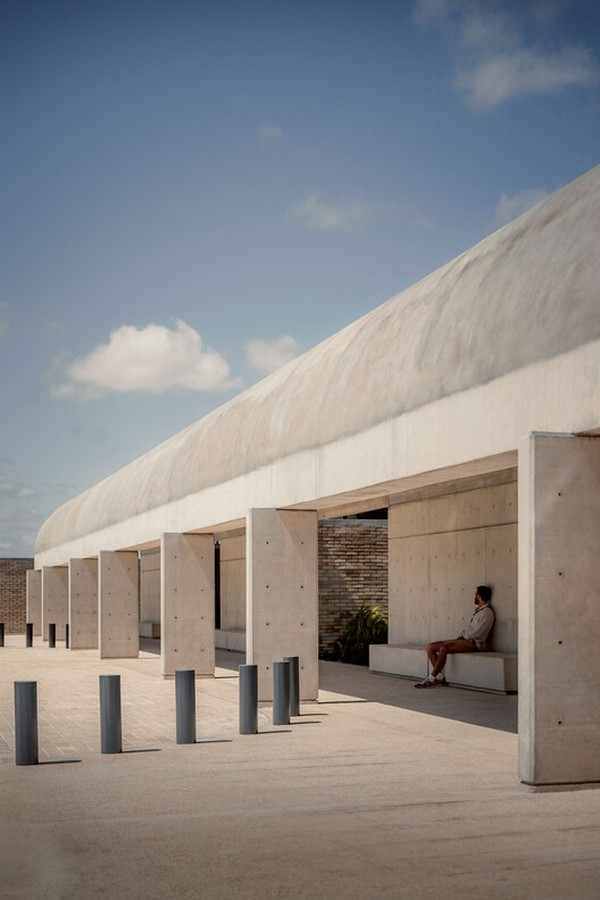
Introducing Centro de Salud N1: A Beacon of Urban Infrastructure
Nearly a century since its inception, Escárcega embarks on a new chapter of urban development, fueled by federal investment initiatives. Among seven key interventions, the Centro de Salud N1 emerges as a beacon of healthcare infrastructure, offering essential services to the local community.
Versatile Design for Dynamic Needs
Conceived not merely as a basic treatment clinic but as a versatile, well-ventilated, and illuminated structure, Centro de Salud N1 is designed to adapt to the evolving demands of a burgeoning city. Its robust construction ensures longevity, with the flexibility to accommodate a wide array of functions beyond healthcare.
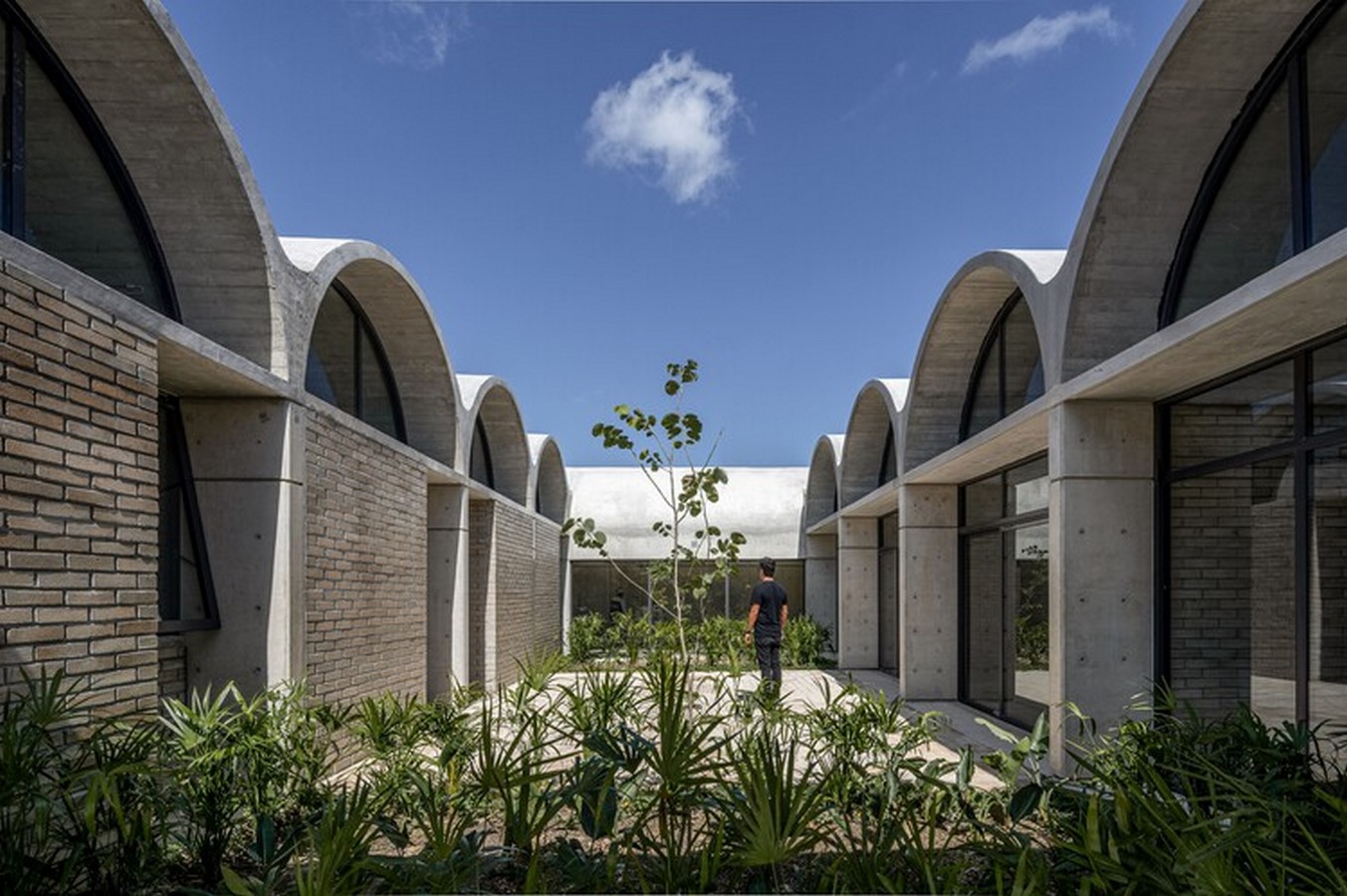
Architectural Innovation at its Core
Architecturally, the center features a series of structural bays crafted from raw concrete barrel vaults. These bays serve diverse purposes, ranging from open halls to designated areas for medical consultations, pharmacies, administrative tasks, and multipurpose rooms. A network of courtyards punctuating the structural system facilitates rainwater harvesting, natural lighting, and ventilation, fostering a welcoming environment conducive to healing.
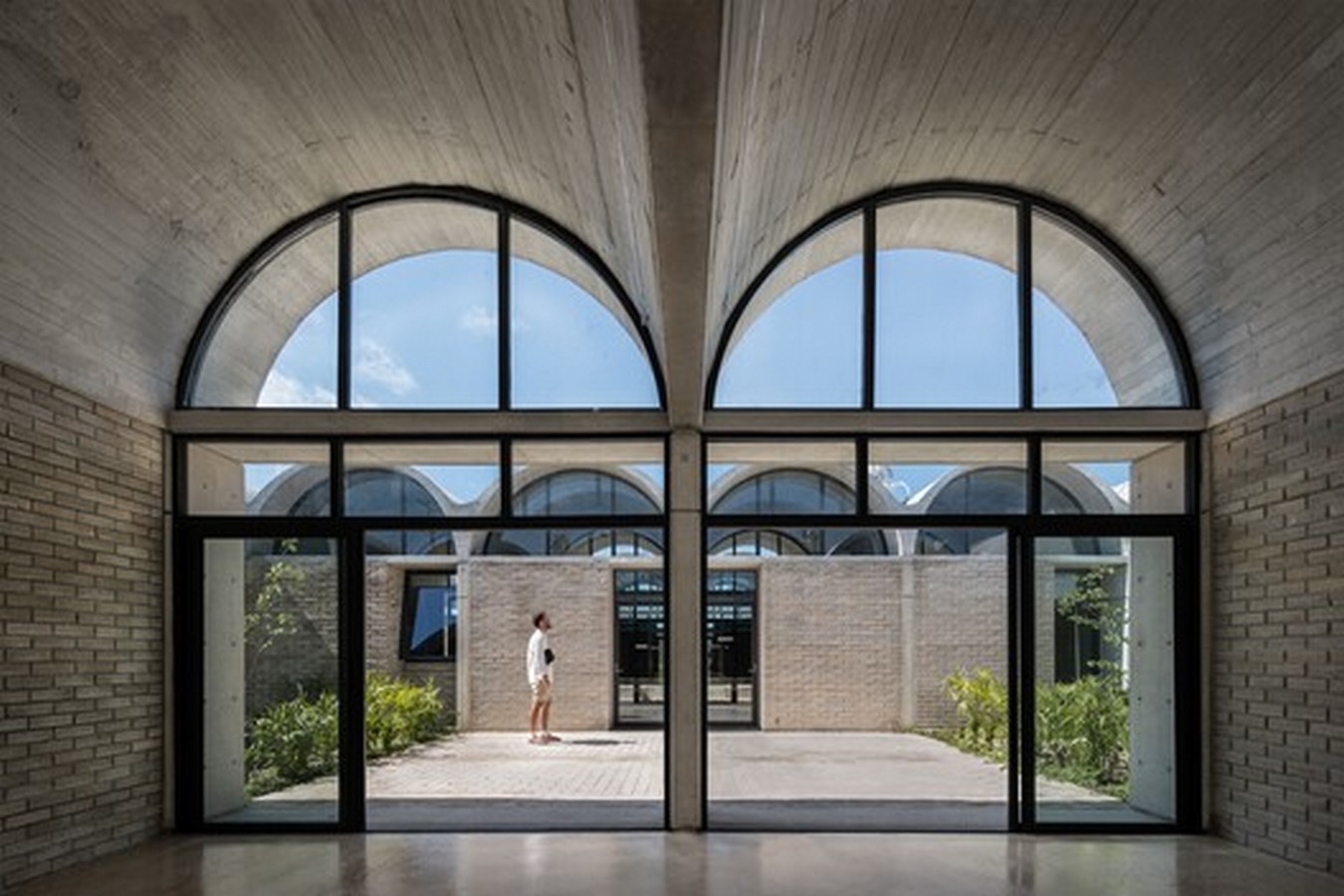
Embracing Community Engagement
With its open design philosophy and versatile layout, Centro de Salud N1 extends a warm invitation to the city, providing seamless access to essential healthcare services. Through a harmonious blend of architectural innovation and community engagement, this healthcare center symbolizes Escárcega’s commitment to holistic urban development and the well-being of its residents.


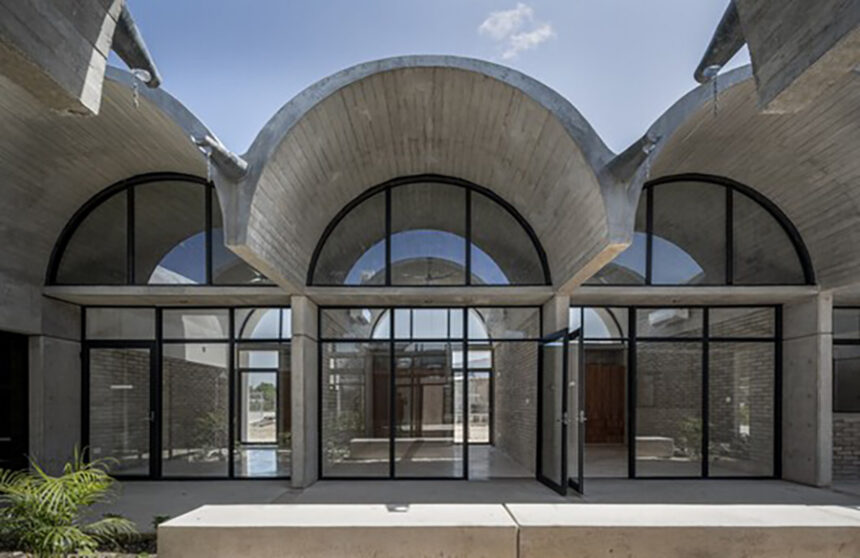
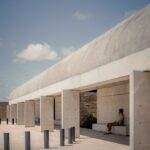
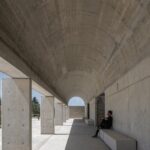
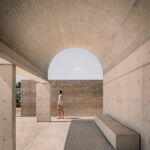
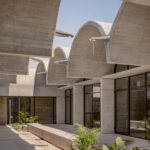
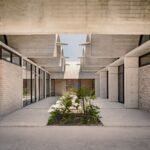
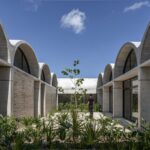
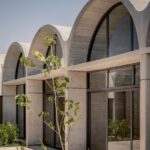
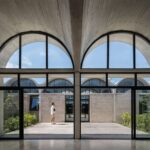
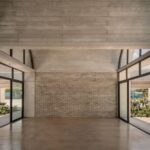
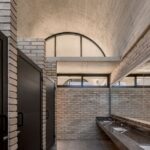
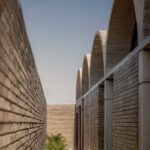
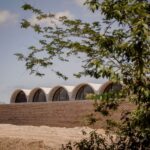
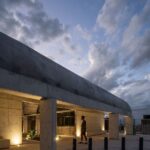
Leave a Reply